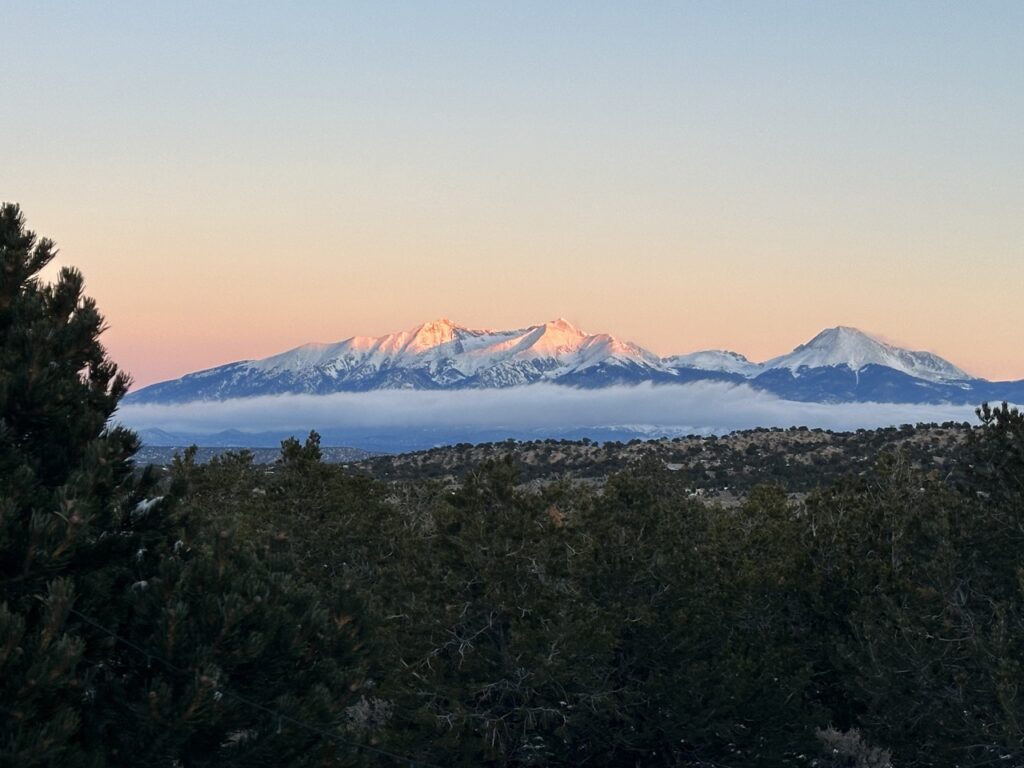The Spiritual Connection: Mountains in Mythology
Mountains have long occupied a profound place in human history, revered and mythologized across diverse cultures and religions. They serve as symbols of divine connection, spiritual power, and earthly wisdom. In various world religions and primal traditions, mountains are considered sacred, representing both worldly and otherworldly deities, abodes of gods, resting places of the hallowed dead, temples, sources of divine water and life, and embodiments of the unmovable and mysterious. Across cultures, mountains are viewed as cosmic centers, bringing order and stability to the world, bridging heaven and earth, and acting as pilgrimage destinations that reveal deeper realities.
 The symbol of the sacred mountain initiates a reevaluation of the relationship between humans and non-human entities, particularly for mountaineers and outdoor enthusiasts who experience a blend of fear and beauty in their encounters with these majestic peaks.
The symbol of the sacred mountain initiates a reevaluation of the relationship between humans and non-human entities, particularly for mountaineers and outdoor enthusiasts who experience a blend of fear and beauty in their encounters with these majestic peaks.
Cultural Themes of Sacred Peaks
Edwin Bernbaum, a prominent scholar of sacred mountains, has identified ten common themes in the perceptions of sacred peaks across various cultures and religions:
1. Height
Mountains evoke awe through their imposing height and lofty summits, creating a sense of otherworldliness.
2. Center
Sacred mountains often act as central axes, connecting heaven, earth, and the underworld, serving as conduits for divine and supernatural energies.
3. Power
These mountains are seen as places of formidable power, both natural and supernatural.
4. Deity or Abode of Deity
Mountains are regarded as abodes of gods and goddesses, often situated at the center of the cosmos.
5. Temple or Place of Worship
Mountains can be considered as temples housing deities or as places of worship with altars for offerings.
6. Paradise or Garden
They are frequently seen as sacred gardens and earthly paradises.
7. Ancestors and the Dead
Mountains are associated with the dead, serving as burial places or as the origins of ancestral spirits.
8. Identity
They provide societies with identity and unity, often as divine ancestors.
9. Source
Mountains are believed to be the sources of blessings, including water, fertility, health, and treasures.
10. Revelation, Transformation, Inspiration, and Renewal
Sacred mountains are sites of revelation, transformation, and inspiration. They serve as places for seekers to transform themselves through spiritual practices and symbolize spiritual pilgrimage for enlightenment or renewal.
Mountains in Mythology
Myths from various cultures underscore the significance of mountains in shaping human existence and spirituality. For example, the myth of the ancient Quiche people in Guatemala embarking on a migration to a mountain named “The Plane of Advice” and witnessing the sunrise from the mountain highlights the role of mountains in centering and defining the life of a human community. Prominent mountains are associated with mythical events and divine presence, strengthening the connection between people and their surroundings.
Mountains also serve as places for community formation and bonding, bringing individuals and smaller groups together into a larger cohesive community. The mountain where the Quiche people observed the dawn becomes a beacon, offering a sense of belonging, warmth, security, and guidance toward life-giving forces.
This Mayan cosmology is not unique, as sacred mountains play important roles in other mythologies as well. The detailed descriptions and names of mountains in myths contribute to the continuous recreation of a place’s significance within the community’s culture.
The Navajo and Their Sacred Mountains
Sacred mountains often play a significant role in defining the terrestrial boundaries of a place, particularly among the Navajo Indians in the American Southwest. Within the Navajo Indian reservation, six mountains help delineate the space inhabited by the people. However, these mountains have broader functions beyond boundary definition. They also serve as protectors against illness and external enemies, as sources of power for shamans, and as educators providing knowledge about songs and other sacred wisdom to ordinary people.
A myth explains the significance of these six mountains in defining Navajo tribal territory. According to a medicine man named Sandoval, “First Man and First Woman” created these mountains using soil gathered from the Third World, kept in First Man’s medicine bag. They placed six sacred mountains named Sis najin in the East, Tso dzil in the South, Dook oslid in the West, and Debe ntsa in the North. Additionally, they put a sacred mountain called Choli on the earth and created the mountain Dzil naodili for the people’s travel.
Sandoval further describes how the Holy Beings entered these mountains, causing some unrest and trembling. First Man and First Woman then “dressed” these mountains, which involved providing prayers and chants. After this “dressing,” the mountains were anchored to the earth using various objects such as a bolt of white lightning, colored clouds, a sunbeam, a stone knife, and a rainbow. This process is believed to ensure harmony among the people of the earth and maintain the proper order of the mountains.
Mountains in Mythology: A Universal Connection
In primal traditions, mountains are often named based on the roles they play in myths and legends, giving them special significance. These names connect people to the origins of their places and provide answers to questions about the cycles of life and natural phenomena. Mountains become intimately associated with events that define a place and offer a more tangible and visible relationship with the origins of their surroundings.
 For instance, names like Citlaltepetl, Popocatepetl, and Iztaccihuatl in Mexico, as well as Chomolungma (Mount Everest) in Tibet, are all linked to legendary deities and carry profound meanings. Some mountain names are associated with the origins of geographical or celestial features, exemplified by Mateo Tepee (Bear Lodge) in the Kiowa tradition and its connection to the Big Dipper’s seven stars.
For instance, names like Citlaltepetl, Popocatepetl, and Iztaccihuatl in Mexico, as well as Chomolungma (Mount Everest) in Tibet, are all linked to legendary deities and carry profound meanings. Some mountain names are associated with the origins of geographical or celestial features, exemplified by Mateo Tepee (Bear Lodge) in the Kiowa tradition and its connection to the Big Dipper’s seven stars.
In the Himalayan kingdom of Sikkim, place names reflect the traditions of different inhabitants, including the Lencha-speaking aboriginals, Bhutia-speaking descendants of Tibetan tribes, and Nepalese-speaking Ghurkali. The Bhutia tradition involves the concept of “lifepower” (bLa), which connects places and animals to the spirit world, imbuing mountains with their own life and making them capable of influencing human experiences in mysterious ways.
These mountain names indicate the dwelling places of gods and spirits, offering explanations for the meaning of people’s existence and how to cope with the challenging environment of mountains.
Final Thoughts
In the tapestry of human spirituality and mythology, mountains stand as majestic threads weaving together the earthly and the divine. Across cultures and centuries, these sacred peaks have served as anchors for beliefs, sources of inspiration, and gateways to understanding the cosmos. As we gaze upon their towering summits or trace their ancient names, we are reminded of the profound connection between humanity and the natural world, and the timeless wisdom that these mountains continue to impart. Mountains are not just geological formations; they are living repositories of the human spirit’s quest for meaning and transcendence.
Featured Resorts

Killington Resort

Pico Mountain

Mammoth Mountain

Palisades Tahoe

Arapahoe Basin

Aspen Snowmass

